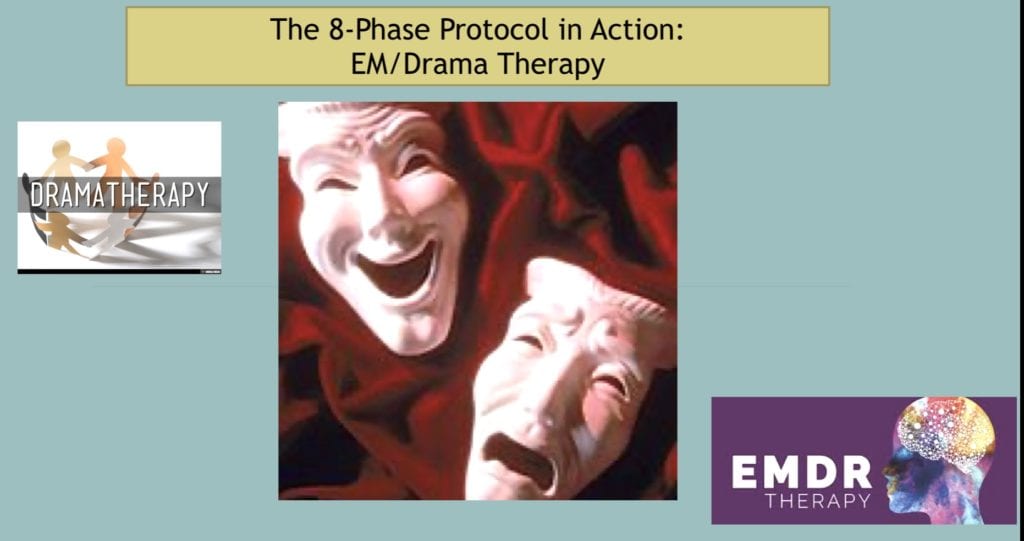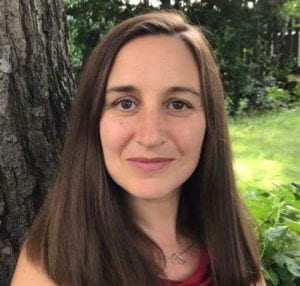During my time as a student in the drama department at NYU, in between presenting scenes, and performing in plays, I spent a lot of time rolling around on the floors of black box studios and makeshift rehearsal spaces. The process of developing my skills as an actor took on a lot of different forms. I had the opportunity to work with artists that championed process over performance, and emphasized self-awareness and somatic connection as avenues to creative expression.
Two of my professors at NYU’s Experimental Theatre Wing, Mary Overlie, and Ryszard Cieslak were especially influential. Mary Overlie was at the forefront of experimental dance and is the creator of the Six Viewpoints. In addition to being a lens through which all performance can be examined, The Six Viewpoints also provides a philosophy that can be implemented in the creation of performances. These seemingly simple (but endlessly explorable) concepts of Space, Shape, Time, Emotion, Movement, and Story are the building blocks of, and are present in any performance, whether it be a blockbuster Broadway musical with high-end visual and sound effects or a single actor, performing a pantomime on a street corner. Mary stressed that it was intentional choice and focus that mattered most and that it all started with tuning into the body and following the impulses that arose there.
The Viewpoints approach both dance and theater as physical entities akin to natural landscapes that can be entered and traversed…Culling the experiences of performance like a mountain climber, the performer explores the basic material with their own body, their own presence. (Overlie, 2016, p. VII)
Ryszard Cieslak was the primary actor in Grotowski’s Polish Laboratory Theatre. Grotowski’s seminal book, “Towards a Poor Theatre,” espouses that using the actor’s instrument (his or her body and voice) as the primary vehicle for expression is preferable, and results in a more meaningful experience than bringing in distractions to that instrument with high production values and special effects. Grotowski developed an approach to actor training called plastiques, wherein actors follow the impulses of their physical bodies to develop a finely tuned instrument that can convey the full range of human emotion and experience. I remember hours spent moving through space in a studio, trying to follow my physical impulses rather than dictate them, and often connecting with strong underlying emotion that transcended spoken language.
In this exercise, we have given you some detail to help you analyze a movement. I hope it is clear from this that it is very important never to do anything that does not harmonize with your vital impulse…The earth binds us. When we jump into the air, it awaits us. Everything we undertake must be done without too much haste, but with great courage;…not like a sleepwalker, but in all consciousness, dynamically, as a result of definite impulses (Grotowski, 1968, p. 192).
My experience at NYU had a big influence on my work as a drama therapist. David Read Johnson’s approach to drama therapy, Developmental Transformations, is highly improvisational and process-oriented. It focuses on working with what is present in the room with the client(s) and the therapist, through the creation of a “playspace.” This is not a physical space, but a created space within which the therapist and the client(s) can enter into a flow state within which the material that is pertinent for the client can materialize and be explored. In this process, following the interest and the energy of the client(s) is paramount.
“This playspace is a state of play, not a spatial demarcation: It is a mutual understanding among all parties of the pretend nature of their interactions. The goal of Developmental Transformations is to expand the client’s inner playspace, that is, their ability to symbolize their experience in dramatic form. In order for an encounter to occur, the therapist must join the client in the playspace, rather than taking a more distant perspective as a sidecoach or observer of the play” (Johnson, 1992).
Developmental Transformations has a connection to Grotowski’s work, and a core article about Johnson’s work is entitled, “Towards a Poor Drama Therapy.” I was lucky to study with David and to complete an internship at the West Haven Veterans Affairs Hospital conducting individual and group drama therapy utilizing the developmental transformations approach. Again, I found myself, inhabiting spaces and rolling around on the floor, fluidly enacting various scenes with veterans. These scenes often included an unnamed but clearly meaningful underlying energy, and metaphors of power and powerlessness, loss, confusion, connection, and existential weight. Similar to EMDR Therapy, the material to be explored comes from the client’s own body and psychology, rather than being conjured up by what the therapist deems meaningful.
The directive to the therapist to stay out of the way and allow the client to engage in a process of healing is paramount in both EMDR Therapy and Expressive Arts Therapy. No wonder practicing EMDR Therapy feels congruent with my work as an actor and as a drama therapist. As EMDR therapists, we create the conditions under which the client can experience healing but hold back from controlling that process. Not only are we staying out of the way, but we are assisting our clients in staying out of their own way as they engage in the process. We invite them to notice what is coming up, rather than to think about what is coming up. We remind them that they are not trying to do anything. They are not trying to feel differently about a particular memory, or to let go of anything, or to change their perspective. They are simply invited to notice what comes up. To be in the process. This aligns perfectly with practicing the arts and expressive arts therapy. For instance, when I facilitate mask-making with clients, it is common for them to see something in the completed mask that is very meaningful to them, but that was not intentional. Engaging in the creative process allows the unconscious to emerge and to be seen. It is an approach that often includes us being surprised by how it unfolds.
Deep and important work is being done through expressive arts therapy. Play is a powerful resource in and of itself, and it also provides a conduit that reaches down into deep places within us and stirs us up in significant ways. It invites real vulnerability, burns through our personas, and provides access to our core selves, bringing forth material that would likely never be accessed through talk therapy alone. This deep work demands adequate preparation and sound structure. I am committed to preparation in my work as a therapist. When I work with groups, facilitating drama therapy, I consistently begin with exercises wherein all of the participants are working simultaneously so that the focus of the group is not directed at one individual. I also begin with more general themes to allow the building of trust and safety in the group, before focusing on any psychodrama work that addresses one client’s real-life relationships or issues. I value psychodrama work, but I feel it is significantly improved when it is preceded by activities that promote group cohesion and trust. Process is paramount in the initial stages, with more targeted work coming later. Though it may seem counter-intuitive, providing a clear structure allows for more freedom. For example, I often include required elements in scene work, (such as – the repeating of one line of dialogue by different actors in the scene, a certain number of exits and entrances, a shift in a relationship occurring, etc). While these can be seen as challenges for a group, they actually assist the group in having a structure to build upon.
In my experience the arts, expressive arts therapies, and EMDR therapy allow us to get curious about ourselves and to connect with previously unknown aspects of ourselves. This can be a transformative experience. Whether I am engaged in a creative outlet, an expressive arts group, or working as an EMDR Therapist, I am committed to the idea of process over performance. These crisscrossing, and overlapping aspects of my work, have a through-line, one of grounded structure, upon which spontaneity and creativity can flourish.
Note: Daniel is offering a training on facilitating Expressive Arts Therapy through the lens of the 8-Phase Protocol for EMDR Therapy. Please click this link to learn more and for registration.
https://icm.thinkific.com/courses/the-8-phase-protocol-in-action-em-drama-therapy-february-5-2021
References
Grotowski, J. (1968). Towards a poor theatre. New York: Simon and Schuster.
Johnson, D. (1992). The dramatherapist in role. In S. Jennings, (Ed.), Dramatherapy: Theory and practice (Vol. 2, pp. 112- 136). London: Routledge.
Overlie, M. (2016). Standing in space. Billings: Fallon Press.














One Response
Great article! Appreciate the many connections of modalities!